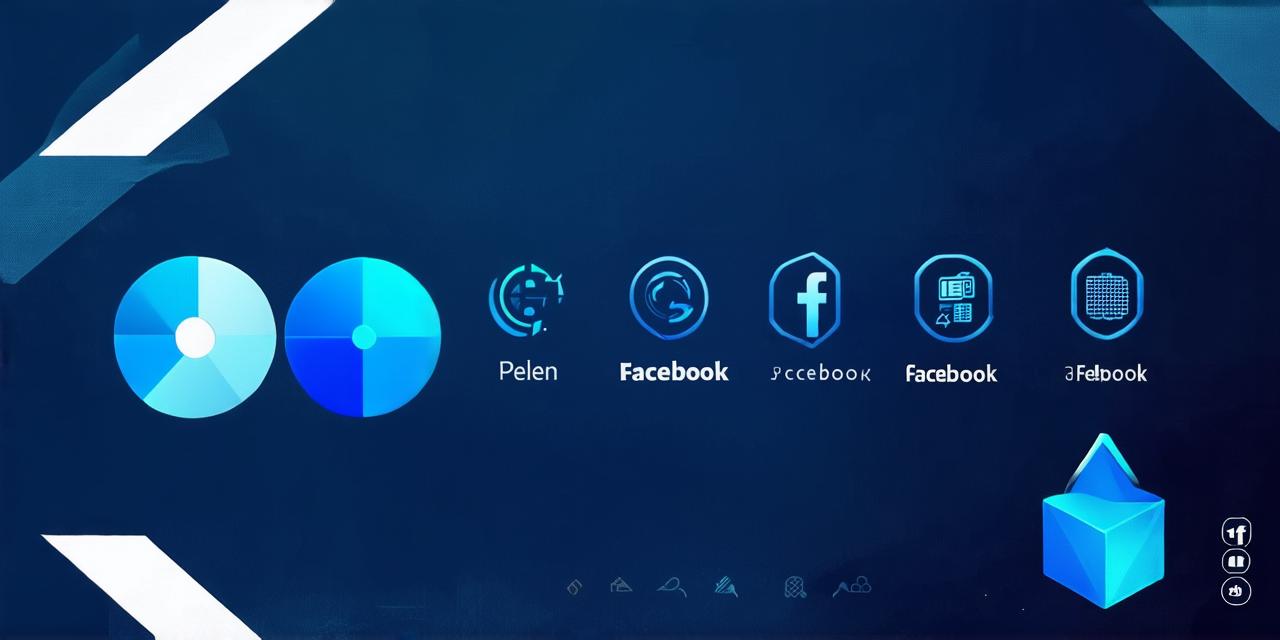Analytics Tools
One of the most common ways that app developers collect data is through analytics tools. These tools can track a wide range of metrics, such as app downloads, usage rates, and engagement levels. By analyzing this data, developers can gain insights into how users are interacting with their apps and make changes to improve the user experience.
For example, imagine an e-commerce app that wants to understand why some users are abandoning their carts during the checkout process. They could use analytics tools to track which pages or features are causing users to drop out of the checkout process, and then make changes to those areas to improve user experience.
Surveys and Feedback Forms
Another way that app developers collect data is through surveys and feedback forms. These can be used to gather information about specific features or aspects of the app, such as the overall design, functionality, and usability. This data can then be analyzed to identify areas for improvement and inform future updates and upgrades.
For example, a social media app might send out a survey asking users what they like and dislike about the app’s interface. They could also ask users to rate the speed and reliability of the app, as well as the relevance and accuracy of the content they see on their feed. This data can then be used to make changes and improvements to the app based on user feedback.
User Testing and Beta Testing
User testing and beta testing are another way that app developers collect data. By recruiting a group of users to test the app before it is released, developers can gather valuable feedback and insights into how users interact with the app in real-world situations. This data can then be used to make changes and improvements to the app before it is released to the public.
For example, imagine an app that allows users to track their fitness goals. During the beta testing phase, developers might ask users to wear the app’s tracking device for a week and provide feedback on its accuracy, reliability, and user experience. This data can then be used to make changes and improvements to the app before it is released to the public.
Third-Party Data Sources
In addition to collecting data directly from users, app developers can also collect data from third-party sources. For example, they might use data from social media platforms or online review sites to understand how users are perceiving their app and identify areas for improvement. They might also use data from app analytics tools to track usage patterns across different devices and operating systems.
For example, imagine a travel app that wants to understand how users are booking hotels and restaurants. They could use data from online review sites to see what types of amenities and services users value most when booking accommodations. They might also use data from analytics tools to track which features of the app are being used most frequently on different devices and operating systems.
Case Studies
One way that app developers can collect data is through case studies. By examining real-world examples of how other apps have been successful, they can gain insights into best practices and strategies for collecting and analyzing user data. For example, a gaming app might study the data collection methods used by successful gaming apps to understand how to engage users and improve their in-app experiences.
Personal Experiences

Personal experiences of app developers and other industry professionals can also provide valuable insights into how to collect data from users.



